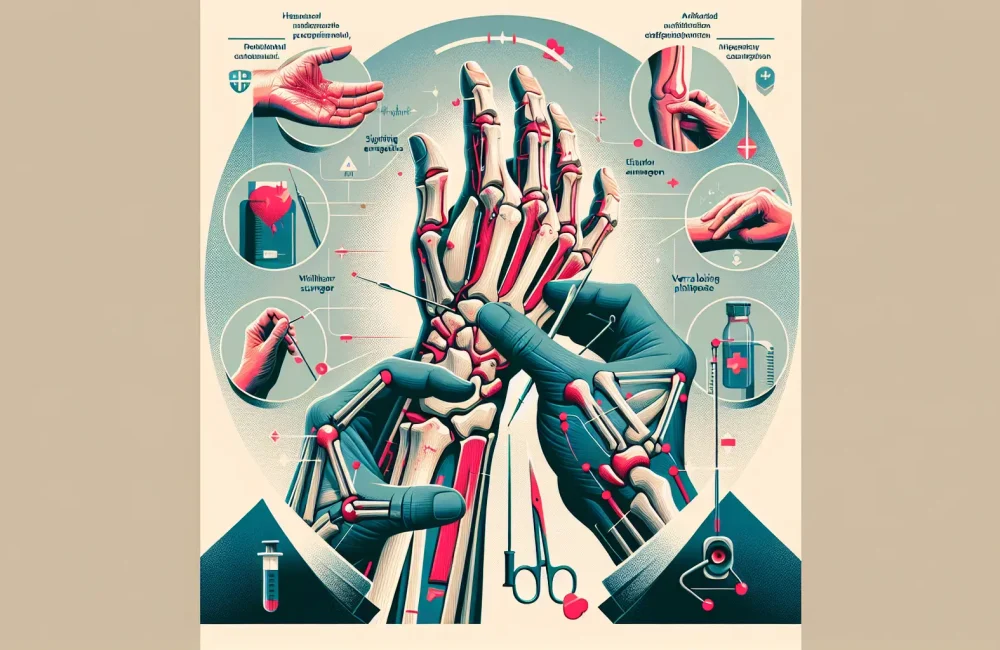By CAFMI AI From Journal of Medical Internet Research (Open Access)
Digital Divide and Its Impact on Older Adults’ Health in China
The digital divide refers to the gap between demographics in their access to and use of digital technologies. This divide is especially significant among older adults in China, where disparities in access to mobile phones, computers, and the internet exist based on factors such as age, education level, income, and place of residence (urban vs. rural). A recent study using data from the China Health and Retirement Longitudinal Study (CHARLS) sought to explore how this digital divide correlates with health inequalities among Chinese seniors aged 60 years and older. The study revealed that older adults with limited or no access to digital technology tend to experience worse health outcomes across multiple indicators. These outcomes include poorer self-reported health status, higher prevalence of chronic illnesses, increased functional limitations, and adverse mental health indicators. The study utilized multivariate regression models to thoroughly adjust for confounding factors, confirming that disparities in digital technology access themselves remain significantly associated with poorer health. This suggests that the digital divide is not just a technological issue, but also a critical social determinant of health in this population.
Clinical Implications and the Importance of Addressing Digital Inequities
From a clinical and public health perspective, these findings underscore the importance of recognizing digital access as a key factor influencing elderly patients’ health and well-being. Older adults who struggle to engage with digital health resources may miss out on valuable tools that can help manage chronic conditions, facilitate timely health information, and provide social connection—factors that are vital for maintaining functional status and mental health. Given that digital technology use continues to expand in healthcare through telemedicine, remote monitoring, health information portals, and medication adherence apps, clinicians must be aware that patients lacking digital access or literacy are at an inherent disadvantage. This digital exclusion may deepen existing health disparities and reduce the effectiveness of healthcare interventions. Routine clinical assessments could incorporate questions about patients’ digital access and skills to identify those at risk. Furthermore, targeted interventions could be developed to improve digital literacy and accessibility among older adults, with special emphasis on rural residents and individuals with lower socioeconomic status, who are disproportionately affected. Policy efforts at local and national levels are also crucial, focusing on infrastructure improvements, affordable technology provision, and training programs to ensure equitable digital inclusion for seniors.
Study Limitations, Policy Context, and Recommendations for Healthcare Providers
While the CHARLS study provides robust nationally representative data, its cross-sectional design limits causal inference — we cannot definitively conclude that digital access directly causes better or worse health outcomes. Additionally, self-reported health measures and digital technology use may be influenced by reporting biases. Despite these limitations, the association between digital divide and health outcomes remains strong and clinically relevant. In the broader context, addressing the digital divide aligns with China’s national policy objectives to promote healthy aging and reduce health inequities. Digital health technologies, if equitably deployed, offer promising avenues to enhance chronic disease management, functional independence, and mental health in older populations. For healthcare providers, integrating digital solutions into primary care workflows must be accompanied by efforts to identify and support patients facing digital barriers. Counseling points for clinicians include educating patients about available digital health resources, assessing for digital literacy challenges, and partnering with community programs aimed at increasing access. Follow-up strategies should monitor patients’ engagement with digital health tools and outcomes. Ultimately, bridging the digital divide is a multi-sectoral challenge requiring collaboration among healthcare systems, technology developers, community organizations, and policymakers to ensure older adults can fully benefit from digital health innovations.
Read The Original Publication Here






